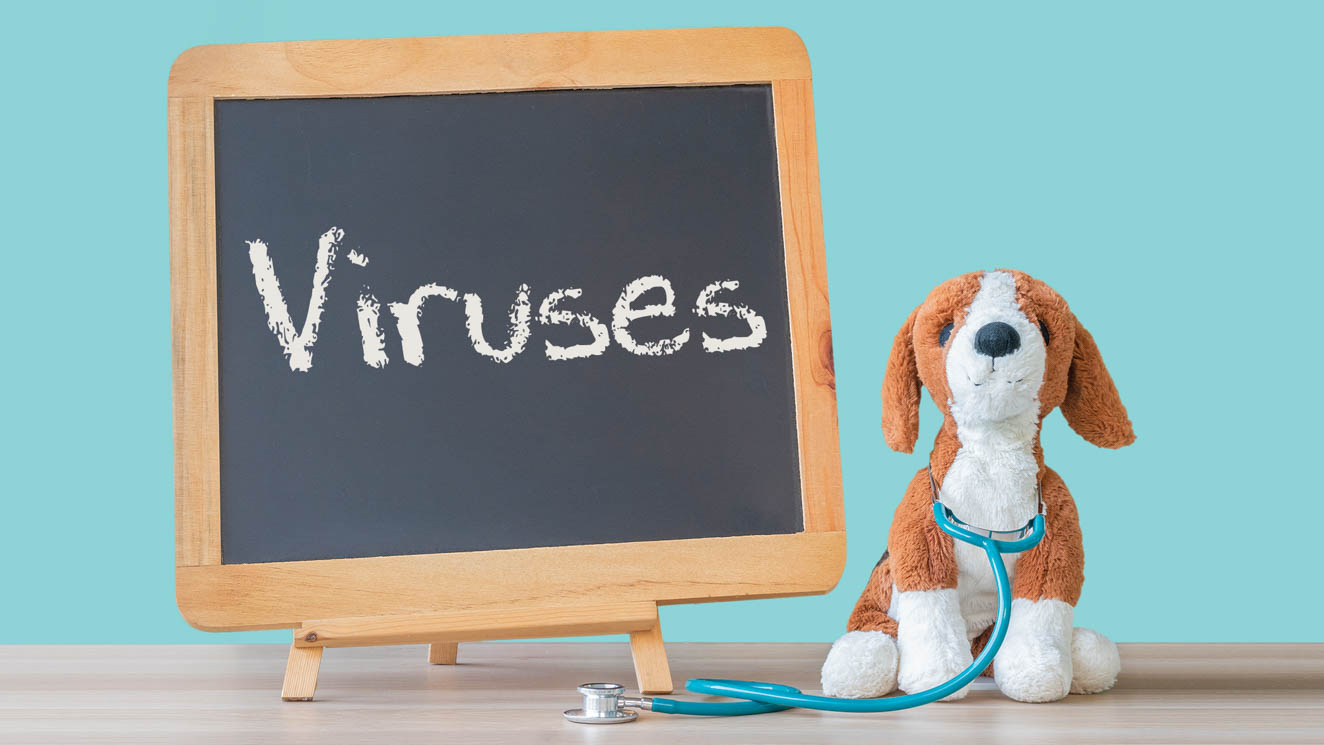

Approved by the What’s Up Moms Medical Advisory Board
Let’s face it, kids are pros at getting sick just when we parents are least prepared. I know that as a mom I’ve had to do some serious mental and logistical gymnastics to figure out how to adapt my work day to a suddenly sick child (which is all the more jarring when they were totally fine last night!)
Of course we don’t want our kids getting other people sick, and it’s easy to grumble at the parent who does send their sniffly, coughing child to school. But here’s the dirty little secret: most viruses are contagious for a day or two before symptoms even show up, and viruses can shed in a child’s secretions for weeks after symptoms begin. So it’s a bit of a myth that we can control the spread of infection by keeping kids home. In fact, for a lot of the common ailments, studies indicate that stringent rules around keeping kids home don’t do much to change the spread of disease. The best ways to actually reduce the spread of infections is through frequent hand-washing, avoidance of food-sharing and vaccinations.
So then the question becomes: when is a child well enough to send to school? Parents should ask themselves:
- Would the illness prevent your child from participating in normal activities?
- Does the illness require a need for care that is greater than the staff can provide?
If the answer to either of these questions is yes, your child is better off at home. Beyond that, here’s the real deal on some common issues.
1) Fever
This generally refers to a temperature of 100.4 or higher and usually indicates that a child is most contagious. Most children with a fever aren’t feeling at their best, anyway. The rule of thumb is that a kid can return to school once they’ve been fever-free for 24 hours. Both as a mom and as a doctor, I tend to be a little more flexible about that time frame, so if a child has gone 22 hours without a fever and looks great, they should be fine to return to school. (There’s nothing magical that happens at exactly 24 hours; the rule is mostly in place so that you can be confident that the fever doesn’t return while your child is back at school).
2) Runny nose
If a child has no fever and a runny nose is the main symptom, they’re fine to go to school. In fact, if daycares sent home every child who had a runny nose, many toddlers would spend half of winter at home! I field a lot of questions about clear versus green runny nose. Truth is, the color alone doesn’t tell us whether the infection is bacterial or viral. (If a child has 7-10 days of consistently green nasal discharge, then we start thinking about something like sinusitis, but having a runny nose that is green on some days, clear on others is quite common for many viral colds).
3) Cough
This goes back to the question about how disruptive that cough is going to be. If a child has a persistent hacking cough, they’re better getting supportive care at home (and possibly seeing a doctor). But plenty of colds come with a lingering cough that lasts a week or two, and I don’t recommend keeping kids out of school for that entire duration.
4) Vomiting
If your child has had two vomiting episodes in the past 24 hours, they should stay home. One vomiting episode is typically a judgment call for the parent to make. Case in point: my youngest toddler found out the hard way that drinking a full cup of milk followed immediately by jumping on the couch isn’t a great way to let gravity do its work; after cleaning up the mess, I sent him on his way and he had a great day at his daycare.
5) Diarrhea
This basically depends on severity. If a child is having frequent watery stools, or a baby is having diarrhea that leaks out of the diaper, they should stay home. Ditto if your child is having stomach cramps with diarrhea. But often after a stomach virus, loose stools can linger for a week or two, and if a child is in good spirits with stools pretty close to normal frequency, you can send them on their way.
6) Strep throat
Wait until 12-24 hours after onset of antibiotics, assuming the fever is gone and they’re feeling better at that time.
7) Pink eye
Have a doc assess the type of conjunctivitis, because each kind has different rules. For bacterial conjunctivitis, it’s recommended that kids not return to school until they’ve been on antibacterial eye drops for 24 hours. For allergic conjunctivitis, which is not contagious, kids can go back at any time. For viral conjunctivitis, think of it the same way you would a cold, although many schools have a policy of waiting 24 hours for the discharge to improve before going back.
Of course this isn’t an exhaustive list, as there are some specific diagnoses with more stringent guidelines for when to keep a child out of school, like chicken pox or whooping cough. But hopefully the above 411 will help you navigate the parenting-a-sick child decision-making like a pro. Or at least feel less guilty when you’re that parent sending your sniffly child off to school.







